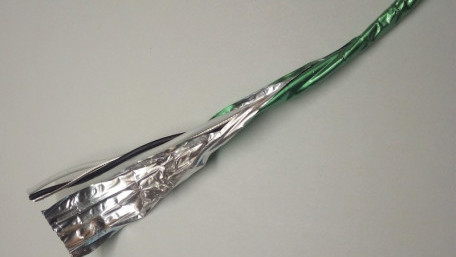
Within an industrial setting, noise from EMI can create huge problems. For large load devices using many amps of current, small electrical noise may not be too…
Within an industrial setting, noise from EMI can create huge problems. For large load devices using many amps of current, small electrical noise may not be too critical. But when it comes to low-voltage and low-current communication wires, just a small amount of voltage finding its way onto a wire can corrupt data transmissions. Shielded cables can help to protect against that problem.
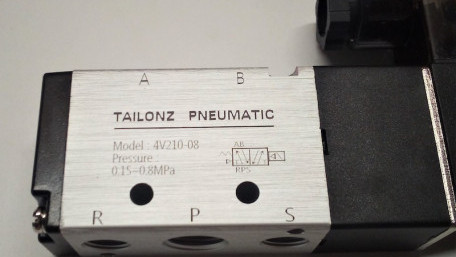
A common difference of terms arises when referring to air or pneumatic pressure, and those are gauge (BarG) pressure and…
A common difference of terms arises when referring to air or pneumatic pressure, and those are gauge (BarG) pressure and absolute (BarA) pressure. Both can accurately describe a system, but when performing calculations and tests, it’s important to distinguish the difference.

Learn all about user requirement specifications (URS), including what should and should not be included and their…
Learn all about user requirement specifications (URS), including what should and should not be included and their importance for organizations planning to purchase new equipment.
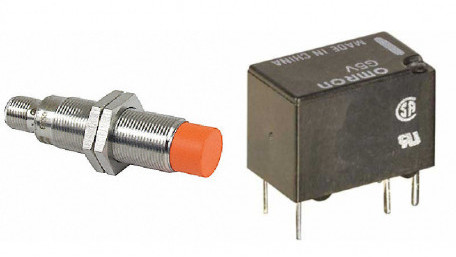
Wiring design systems can become confusing when some switching devices send power to the load automatically while others…
Wiring design systems can become confusing when some switching devices send power to the load automatically while others do not. Often called ‘wet’ and ‘dry’ contacts, these devices are fairly easy to troubleshoot once the differences are understood.
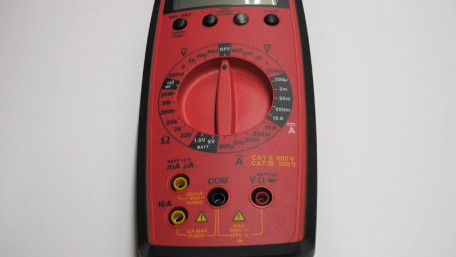
The simplest and most common measurement to obtain using a multimeter is voltage, in fact, they are often called…
The simplest and most common measurement to obtain using a multimeter is voltage, in fact, they are often called ‘voltmeters’ for this reason.

This article covers how predictive and preventive maintenance work, the types of each form of maintenance, and…
This article covers how predictive and preventive maintenance work, the types of each form of maintenance, and applications in which each is used.

The use of algorithms is essential in order to get simultaneous localization and mapping (SLAM) to work successfully.…
The use of algorithms is essential in order to get simultaneous localization and mapping (SLAM) to work successfully. This article introduces some of the main algorithms used, both common and state-of-the-art.
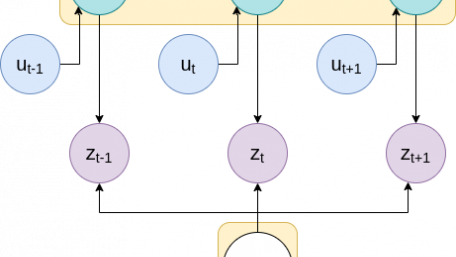
Mapping and localization are the highly-intertwined building blocks of SLAM and have several different implementations…
Mapping and localization are the highly-intertwined building blocks of SLAM and have several different implementations with varying performance and sensor requirements. Learn about them in this article.

SLAM for robotics utilizes mapping and localization for accurate movement. This article covers the architecture of a…
SLAM for robotics utilizes mapping and localization for accurate movement. This article covers the architecture of a mobile robot running SLAM and the different broad classifications withing SLAM.

Ground fault circuit interrupters (GFCI) are commonly seen in residential wiring. They are important to understand, as…
Ground fault circuit interrupters (GFCI) are commonly seen in residential wiring. They are important to understand, as they exist to protect both the users and the electrical systems used everyday.
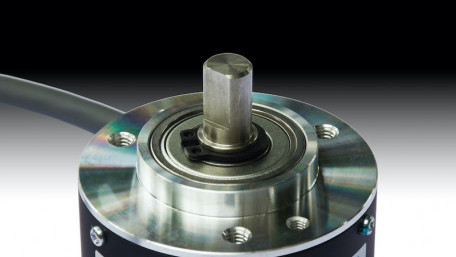
This article looks at rotary encoders, covering the main types, introducing their characteristics, and introducing their…
This article looks at rotary encoders, covering the main types, introducing their characteristics, and introducing their key applications in control systems.
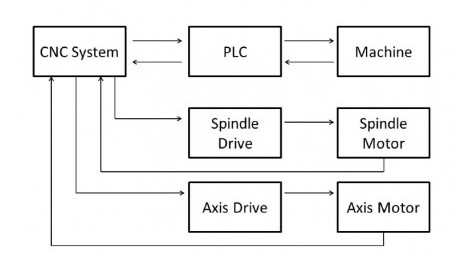
This article discusses the definition of automated drilling and a look into some of the key features and best practices.
This article discusses the definition of automated drilling and a look into some of the key features and best practices.
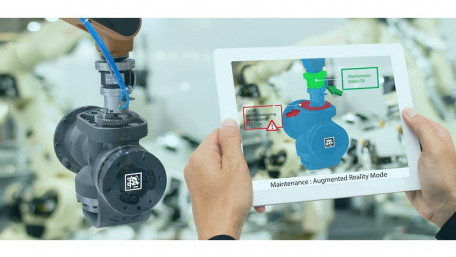
This article mentions how to reduce threats by limiting connections and data sent to outside networks.
This article mentions how to reduce threats by limiting connections and data sent to outside networks.
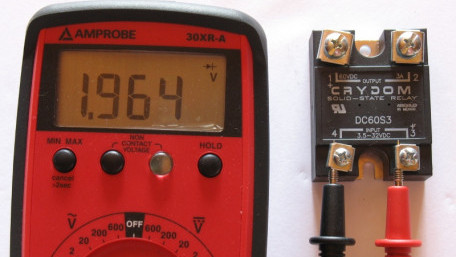
This article discusses some methods for troubleshooting solid-state relays and input/output terminals.
This article discusses some methods for troubleshooting solid-state relays and input/output terminals.
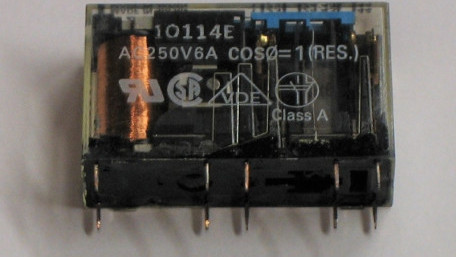
This article explores some of the key benefits and drawbacks of mechanical relays.
This article explores some of the key benefits and drawbacks of mechanical relays.
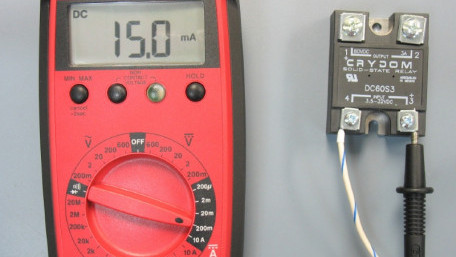
This article discusses the benefits and five key advantages of using solid-state relays.
This article discusses the benefits and five key advantages of using solid-state relays.
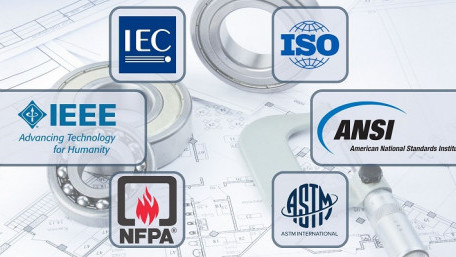
Regardless of industry, codes and standards developed by organizations including ISO, ANSI, and IEEE are an integral part…
Regardless of industry, codes and standards developed by organizations including ISO, ANSI, and IEEE are an integral part of the environment in which we work and have a major influence on engineering and design.
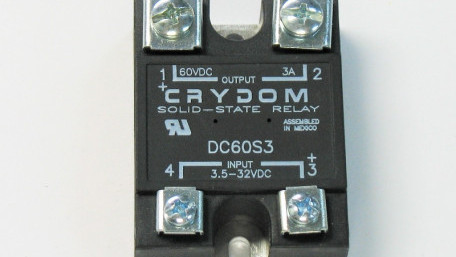
Just like the emergence of transistors led to digital control systems, solid-state electronics have created a whole new…
Just like the emergence of transistors led to digital control systems, solid-state electronics have created a whole new variety of relays with some striking differences, with a few distinct advantages.

Whether it’s a critical machine repair or the installation of a brand new piece of equipment, it’s important to have…
Whether it’s a critical machine repair or the installation of a brand new piece of equipment, it’s important to have the knowledge and skill to properly connect sensors to a control system.
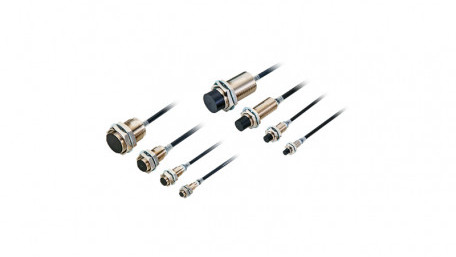
This article provides an introduction to proximity and distance sensors and common uses for them.
This article provides an introduction to proximity and distance sensors and common uses for them.
